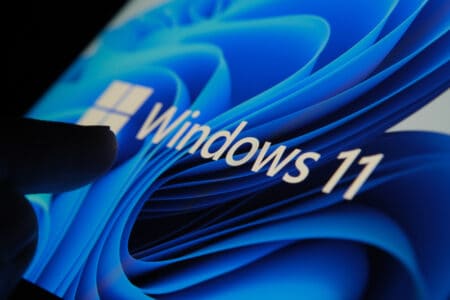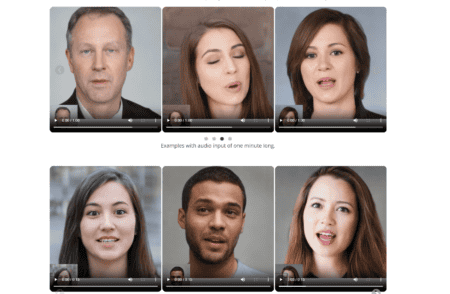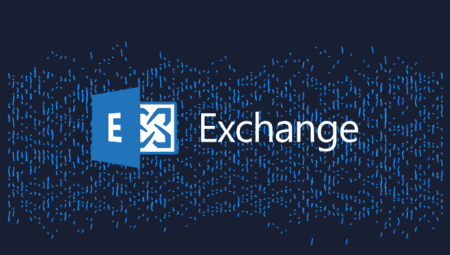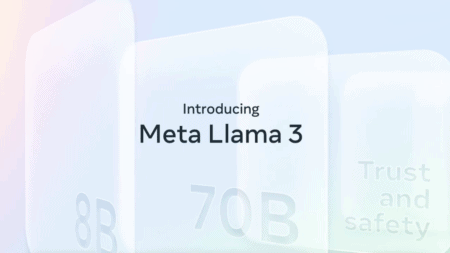Microsoft is about to add machine reading functions to Microsoft Search in order to provide more specific information to users. Machine reading is the automatic understanding of text by means of computer vision and natural language understanding, among other things.
When reading texts with the aid of machines, the text is automatically ‘understood’, so that better search results can be achieved. According to ZDNet, Microsoft will officially announce the new Search function next week. The technology is codenamed “Project Turing”, and according to the title includes an “AI-powered Search for Enterprise”.
In the description of a session scheduled for next week’s Ignite event, the new Search feature is described: “In search applications, machine comprehension will give a precise answer rather than a URL that contains the answer somewhere within a lengthy web page. Moreover, machine comprehension models can understand specific knowledge embedded in articles that usually cover narrow and specific domains, where the search data that algorithms depend upon is sparse. In this session, see and learn about the latest innovation with natural language and machine reading comprehension in Microsoft Search.”
Microsoft Search as a focal point
Search has already been an important point of attention for the most recent Ignite events. Last year it was announced that Microsoft would unite its search functions of Windows, the Edge browser and Bing. This new search function was named Microsoft Search. The company previously announced that Search was made possible by a combination of Microsoft Graph, the company’s central API, aided by semantic knowledge of Bing.
Sources at the company state that the combination of Microsoft Graph and Bing allows Search to answer more complex questions than before, such as “Can I take my partner and children on a work trip”, using machine reading combined with data from an organisation’s internal documents.
















